Pneumonia is a common respiratory illness that can affect children of all ages. While it can be scary, understanding the symptoms, causes and treatment can help you be prepared if your child should contract it.
What is pneumonia?
Pneumonia is an infection of the lungs, usually caused by bacteria, viruses or fungi. When these germs enter the lungs, they can cause inflammation and fluid buildup, making it difficult to breathe. Pneumonia is generally more common in children younger than 5 years old.
Symptoms of pneumonia in children
Symptoms of pneumonia in children can vary depending on their age, severity of the infection and what is causing the pneumonia.
Cases of bacterial pneumonia tend to happen suddenly and produce the following symptoms:
- Cough that produces mucus
- Chest pain associated with coughing
- Abdominal pain
- Vomiting or diarrhea
- Loss of appetite
- Tiredness (fatigue)
- Fever
Early symptoms of viral pneumonia are the same as those of bacterial pneumonia. But with viral pneumonia, the breathing problems can happen more slowly. Your child may wheeze, and the cough may get worse. Viral pneumonia may make a child more at risk for bacterial pneumonia.
In addition to the symptoms listed above, your child may experience the following with viral pneumonia:
- Chills
- Fast or hard breathing
- Flaring nostrils
- Headache
- Fussiness
The symptoms of pneumonia may look like other health problems. Make sure your child sees their healthcare provider for a diagnosis.
What causes pneumonia in children?
Pneumonia can be caused by a variety of bacteria and viruses, including:
- Streptococcus pneumoniae
- Mycoplasma pneumoniae. This often causes a mild form of the illness called walking pneumonia.
- Group A Streptococcus
- Staphylococcus aureus
- Respiratory syncytial virus. This is most often seen in children younger than 5 years old.
- Parainfluenza virus
- Influenza virus
- Adenovirus
- COVID-19
Pneumonia may sometimes be caused by fungi, but this is unusual in healthy children.
How is pneumonia contracted?
Here are some ways pneumonia can be contracted:
- Inhaling infected droplets: This is the most common way pneumonia is spread. You can inhale these droplets when you are in close contact with someone who has pneumonia or when you are in a crowded area with poor ventilation.
- Touching a contaminated surface: The germs that cause pneumonia can also live on surfaces. If you touch a contaminated surface and then touch your mouth, nose or eyes, you can become infected.
- Aspiration pneumonia: This type of pneumonia occurs when you inhale contaminated food, liquid or vomit into your lungs.
It is important to note that not all types of pneumonia are contagious. For example, pneumonia caused by a fungal infection is not spread from person to person.
When to see a doctor
Call your child’s healthcare provider if your child’s symptoms get worse. Or if they have:
- A fever for more than a few days
- Difficulty breathing
- Fever in babies 3 months or younger
- New symptoms, such as neck stiffness or swollen joints
- Trouble drinking enough fluids to stay well hydrated
How pneumonia is treated
The treatment for pneumonia depends on the underlying cause. In many cases, antibiotics are prescribed to treat bacterial pneumonia. Viral pneumonia often resolves on its own, but symptoms can be eased with:
- Plenty of rest
- Getting more fluids
- Cool mist humidifier in your child’s room
- Acetaminophen or ibuprofen for fever and discomfort. Do not give ibuprofen to children younger than 6 months.
How to prevent pneumonia in children
There are several steps you can take to help prevent your child from getting pneumonia:
- Vaccinations: Vaccinations for influenza, COVID-19 and pneumococcal disease can help protect your child from these common causes of pneumonia.
- Good hygiene: Encourage your child to wash their hands frequently and avoid touching their face.
- Healthy lifestyle: Ensure your child gets enough sleep, eats a healthy diet and exercises regularly.
- Avoid secondhand smoke: Exposure to secondhand smoke can increase the risk of pneumonia.
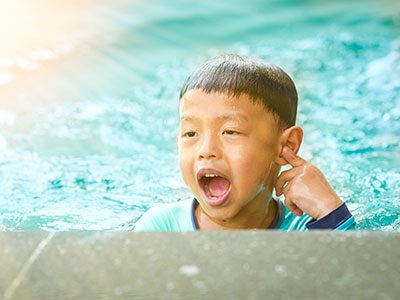 https://riseandshine.childrensnational.org/wp-content/uploads/2025/07/Swimmers-ear-feature.jpg
300
400
Danielle Robbins
https://riseandshine.childrensnational.org/wp-content/uploads/2017/11/childrens_riseandshine_logo.jpg
Danielle Robbins2025-07-07 17:23:292025-07-07 17:23:29What every parent should know about swimmer’s ear
https://riseandshine.childrensnational.org/wp-content/uploads/2025/07/Swimmers-ear-feature.jpg
300
400
Danielle Robbins
https://riseandshine.childrensnational.org/wp-content/uploads/2017/11/childrens_riseandshine_logo.jpg
Danielle Robbins2025-07-07 17:23:292025-07-07 17:23:29What every parent should know about swimmer’s ear





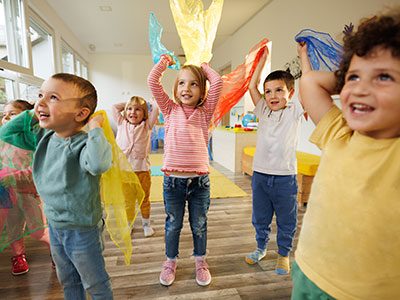



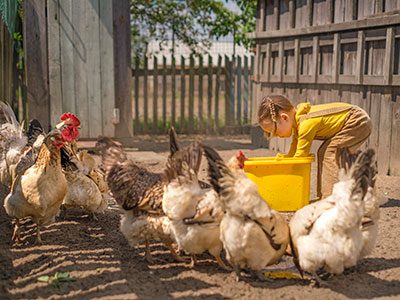
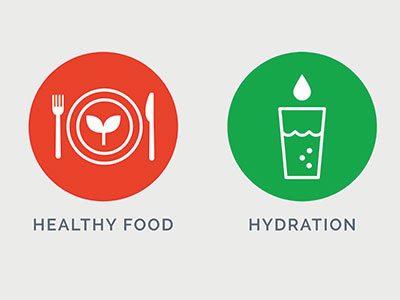
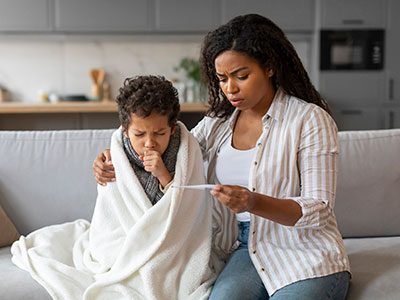

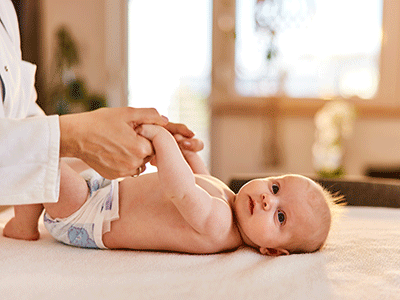


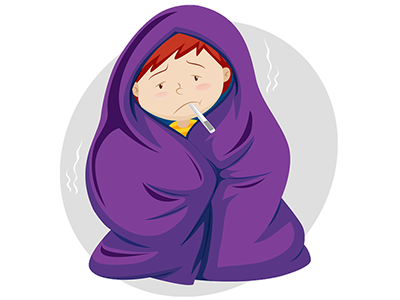
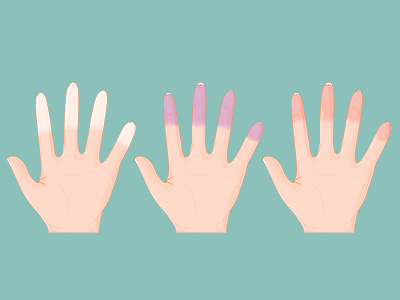

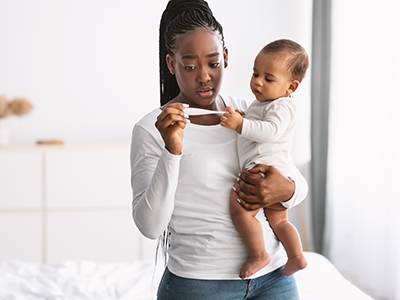

Leave a Comment
Want to join the discussion?Feel free to contribute!